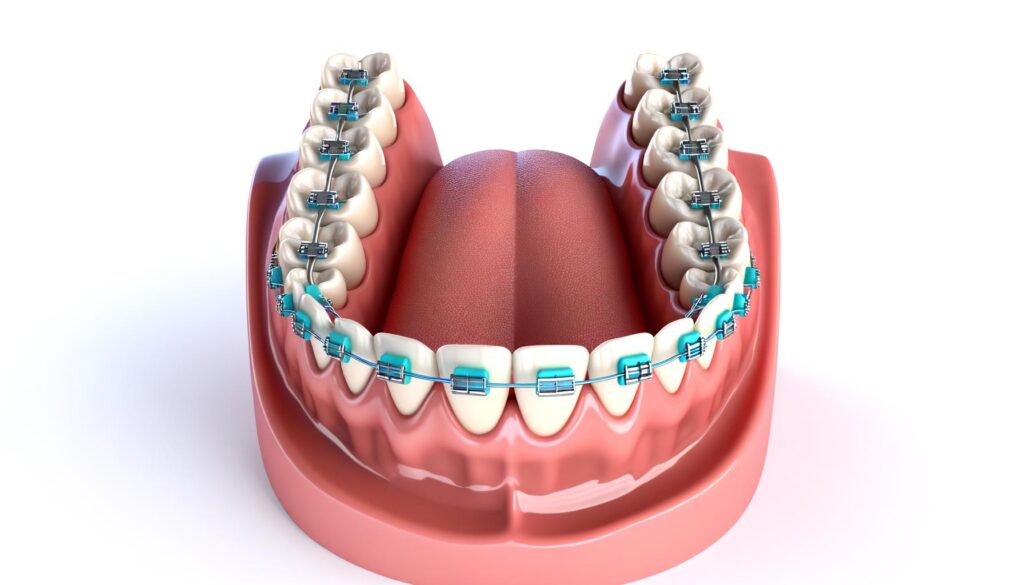Unraveling the World of Dental Braces
Understanding Dental Braces
Dental braces are orthodontic devices designed to correct teeth alignment and bite issues. They play a crucial role in dental health, offering both functional and aesthetic benefits. Braces work by applying continuous pressure over a period of time to gradually move teeth in a specific direction. As the teeth move, the bone changes shape to accommodate their new position. There are several types of braces available today, including traditional metal braces, ceramic braces, lingual braces, and clear aligners, each with unique advantages tailored to fit different needs.

The Benefits of Wearing Braces
Wearing braces can significantly improve oral health. They are instrumental in correcting problems such as crooked or crowded teeth, overbites, underbites, and other jaw misalignment issues. By addressing these conditions, braces help in preventing tooth decay and gum disease, which are often exacerbated by improperly cleaned areas of the mouth. The commitment to orthodontic treatment also leads to improved self-confidence and quality of life, as a well-aligned smile enhances facial aesthetics and social interactions.
What to Expect During the Treatment
The journey with braces typically begins with a consultation with an orthodontist, who will conduct a thorough examination of your teeth. This includes taking X-rays, photos, and molds of your teeth to plan the course of treatment. The orthodontist will then recommend the type of braces that best suit your dental condition. Following this, the braces are fitted, a process that usually takes about one to two hours. Patients experience some discomfort and tightness for the first few days as their mouth adapts to the new pressure. Regular follow-up appointments are scheduled, during which the orthodontist will adjust the braces to ensure the teeth are moving in the right direction.
Maintenance and Care of Dental Braces
Proper maintenance is critical to ensure the effectiveness of braces. This includes maintaining excellent oral hygiene, as food particles can get stuck in the brackets and wires. Patients are advised to brush their teeth after every meal using orthodontic toothbrushes, which are designed to clean around brackets and wires more effectively. Flossing daily with floss threaders or orthodontic floss should also be part of the routine. Additionally, avoiding certain foods that can damage braces—such as sticky candies, gum, and hard snacks—helps prevent unnecessary complications.
Life After Braces: Retainers and Beyond
After the braces are removed, the teeth will have straightened, and the bite issues should be corrected. However, post-treatment is an essential phase in the orthodontic journey. To maintain the newly aligned teeth, patients typically receive a retainer, which is crucial for keeping teeth in their new position. There are different types of retainers that might be offered, such as removable or fixed retainers. Patients are encouraged to wear the retainers as directed by the orthodontist to prevent the teeth from shifting back to their original misalignment. Regular check-ups and adherence to dental care routines ensure that the benefits gained from wearing braces last a lifetime.
